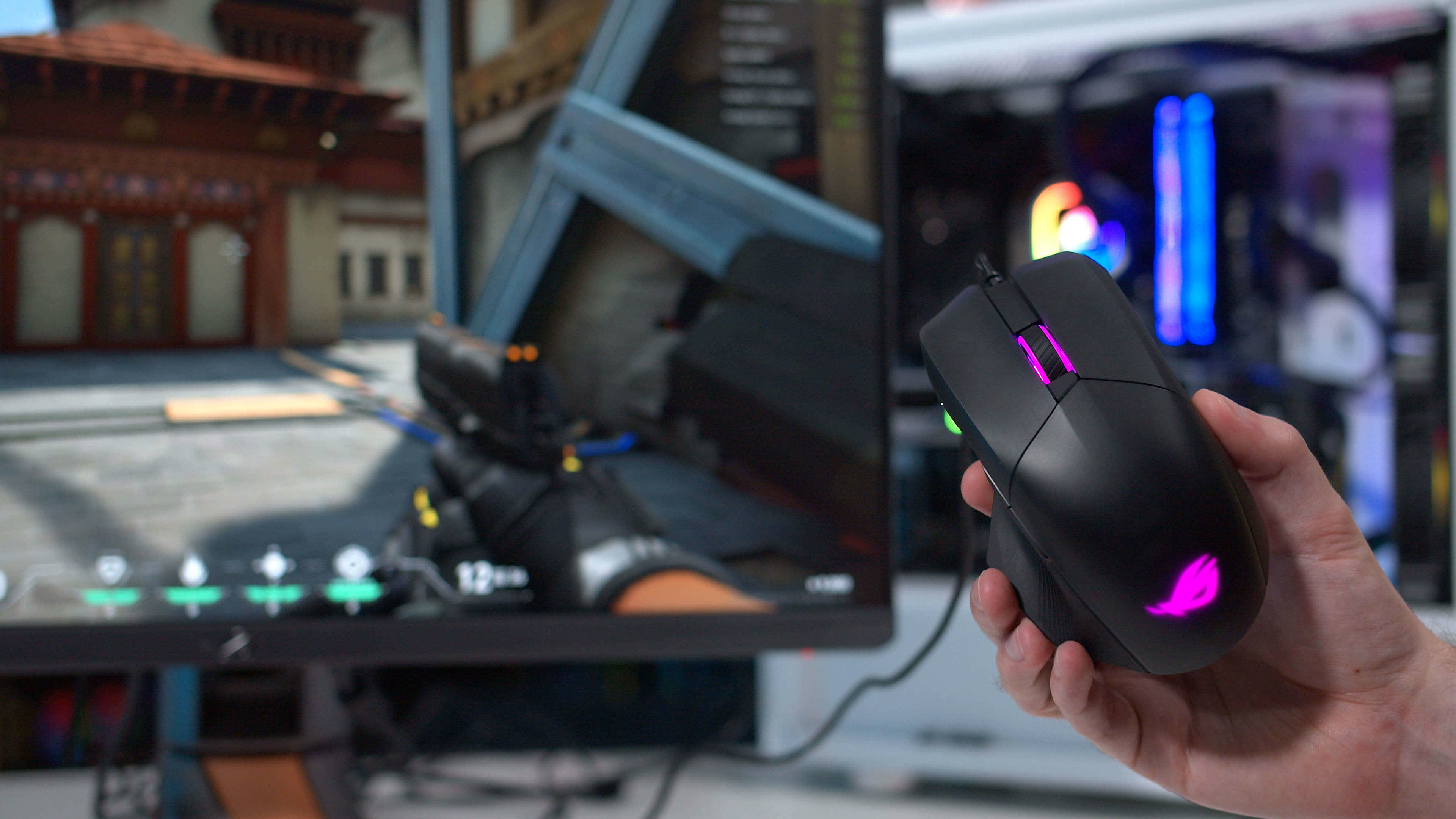In context: Nvidia's Reflex technology is one of the latest perks you get by owning a Green Team GPU. By switching the feature on in compatible games, you can reduce input lag to the bare minimum – not a necessity for, say, Skyrim or The Witcher 3, to be sure, but a godsend for competitive titles like Overwatch or CS: GO.
If you're a performance and data fanatic, you'll also want to consider using Nvidia's Latency Analyzer tool, which can accurately measure the time it takes for your monitor's pixels to respond to your inputs.
According to Nvidia, this sort of measurement has been "virtually impossible" for gamers to perform without specialized equipment worth upwards of $7,000. Now, all you need is a compatible G-Sync display from Acer, Alienware, Asus, or MSI.
That's still a higher barrier of entry than we'd like, but it's a step in the right direction. Hopefully, Nvidia will become more open with the technology over time, as it did – to an extent, anyway – with G-Sync.
At any rate, with this tool, you'll be able to get a much better picture of your system's overall input performance. It lets you determine how much of your gaming latency is caused by the games themselves, your GPU, your monitor, and your mouse.
Only a select few mice are compatible with the Analyzer Tool for now. Nvidia has disclosed a full list of certified mice, which we've compiled below (organized by manufacturer):
- Acer: GM310, Predator Cestus 330, Predator Cestus 350
- Alienware: AW610M
- Asus: ROG Chakram Core
- Corsair: Dark Core RGB PRO & Pro SE
- Logitech G: Pro X Superlight
- MSI: GM 41
- Razer: Deathadder V2
- SteelSeries: Rival 3
This is a relatively small list for the time being, but it will undoubtedly expand over time. It's not as if these devices were specifically made with Analyzer support in mind, so software updates to other mice could bring them up to par with Nvidia's standards.
